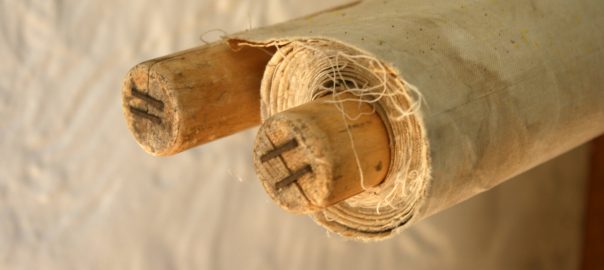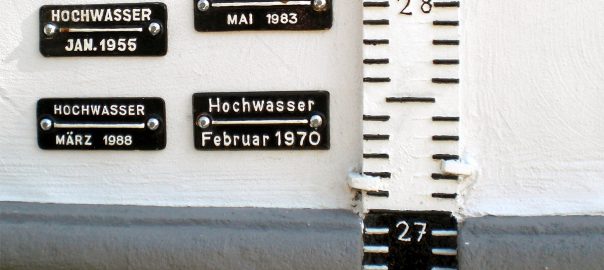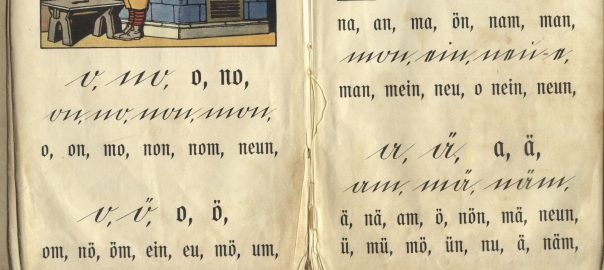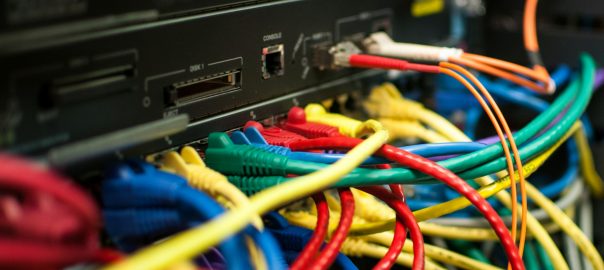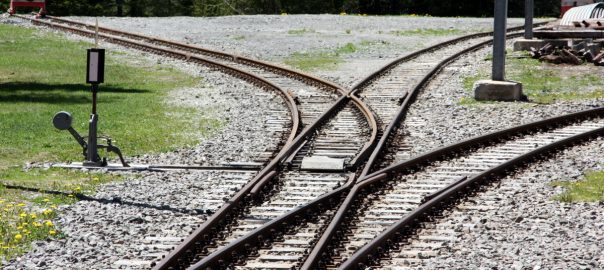While preparing for my CCNP SWITCH exam I built a laboratory with 4 switches, 3 routers and 2 workstations in order to test almost all layer 2/3 protocols that are related to network management traffic. And because “PCAP or it didn’t happen” I captured 22 of these protocols to further investigate them with Wireshark. Oh oh, I remember the good old times where I merely used unmanaged layer 2 switches. ;)
In this blogpost I am publishing the captured pcap file with all of these 22 protocols. I am further listing 46 CHALLENGES as an exercise for the reader. Feel free to download the pcap and to test your protocol skills with Wireshark! Use the comment section below for posting your answers.
Of course I am running my lab fully dual-stacked, i.e., with IPv6 and legacy IP. On some switches the SDM template must be changed to be IPv6 capable such as
sdm prefer dual-ipv4-and-ipv6 default .
Continue reading Wireshark Layer 2-3 pcap Analysis w/ Challenges (CCNP SWITCH) →


